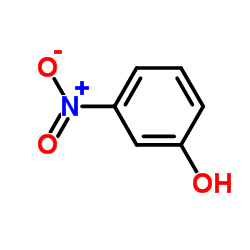| Structure | Name/CAS No. | Articles |
|---|---|---|
 |
3-Nitrophenol
CAS:554-84-7 |
|
 |
2-Amino-5-chlorophenol
CAS:28443-50-7 |